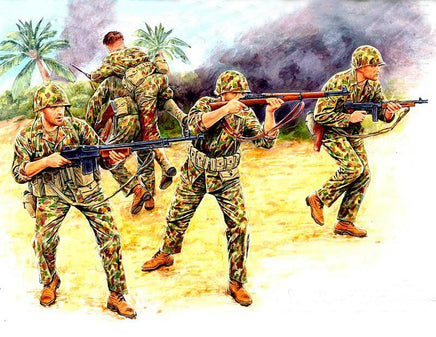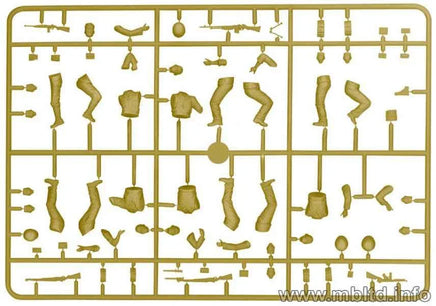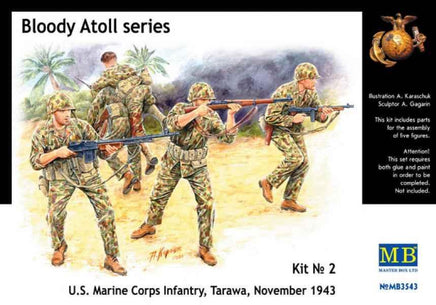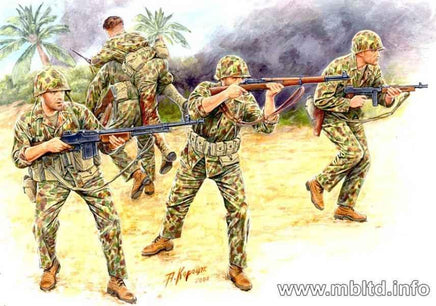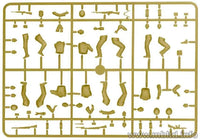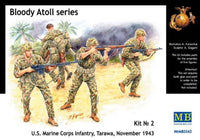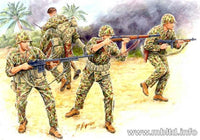The Battle of Tarawa was fought during the battles for the Gilbert Islands, which were fought as part of the operation code-named Galvanic. The battle itself lasted from November 20 to 23, 1943. Throughout the battle, on the American side, 53,000 soldiers, sailors, and airmen were directly or indirectly involved, of which the land component was 18,000 men. About 4,500 people fought on the Japanese side, of whom about 2,000 were construction workers. The main goal of the fighting in the Gilbert Islands, including the Battle of Tarawa, was the pursuit of the capture of much more favorable bases by the Americans preparing for further landing operations in the Central and South Pacific. Despite careful planning of the operation by the American side, it did not avoid a few mistakes, which led to relatively high losses among their own troops by the advancing forces. Among the errors, it is possible to mention, first of all, poorly working communication and insufficient recognition of Japanese positions. Despite the fact that the Americans won the battle, they suffered losses estimated at around 1,700 killed and around 2,100 wounded. On the other hand, the Japanese side lost its entire garrison of approximately. 4,500 men. It is worth adding that the operation on the American side was supported by significant naval forces consisting of, among others, 5 escort aircraft carriers, 3 battleships, or 2 heavy cruisers.
The United States Marine Corps (USMC) is an independent branch of the US armed forces. The unit was established in November 1775, and the first branch of this unit was formed a year later. In the nineteenth and early twentieth centuries, US Marines served primarily in the region of South and Central America, guarding American interests in this part of the world. It was also then that the principle was established that it was the USMC that was deployed to the area of operations as the first among other units of the US armed forces. Corps soldiers fought in World War I, but they gained special fame in the course of bloody and heavy fights in the Pacific in 1941–1945, taking part in such battles as Guadalcanal (1942–1943), Tarawa (1943), Iwo-Jima, and Okinawa (both from 1945). Often in the face of the enemy, the soldiers of this formation showed a lot of courage, an example of which can be, for example, John Basilone being awarded the Medal of Honor for his accomplishments during the battles on the Gudalcanal. After 1945, the soldiers of the Corps fought, for example, in the Korean War (1950-1953) or especially in the Vietnam War (1964/1965-1975), suffering heavy losses in the latter war. After the end of the Cold War, USMC soldiers took part in, for example, both Gulf Wars (1990-1991 and 2003). Currently, there are 182,000 soldiers in the Corps, and about 38,500 in the reserve. The motto of the Corps is the Latin motto Semper Fidelis (Polish always faithful).

